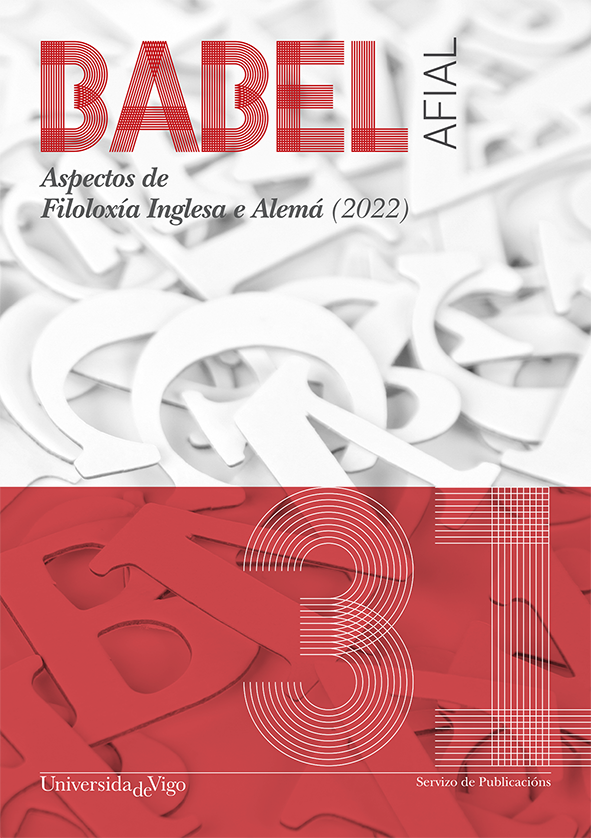Colorism, Passing for White, and Intertextuality in Brit Bennett's The Vanishing Half: Rewriting African American Women's Literary Tradition
DOI:
https://doi.org/10.35869/afial.v0i31.4298Keywords:
The Vanishing Half, African American literature, colorism, passing, intertextualityAbstract
This article draws on various theories and studies about the color line, colorism, and racial passing in African American culture, history, and literature to examine the themes of colorism and passing for white in Brit Bennett’s 2020 novel The Vanishing Half. This article juxtaposes Bennett’s novel alongside earlier works written by twentieth-century African American women writers, underscoring Bennett’s intertextual influences, which include Nella Larsen’s Passing (1929), Zora Neale Hurston’s Their Eyes Were Watching God (1937), and Toni Morrison’s The Bluest Eye (1970), Sula (1973), and God Help the Child (2015). As Bennett revises and incorporates earlier novels into her own, she redeems tragic female characters such as Pecola Breedlove and Clare Kendry, highlights the persistence and damage of colorism, updates the passing narrative, and defies stereotypes about Black women. It concludes that in The Vanishing Half, Bennett proposes a fresh path for twenty-first-century African American fiction through the themes of colorism and passing for white in her rewriting of African American women’s literary tradition.



